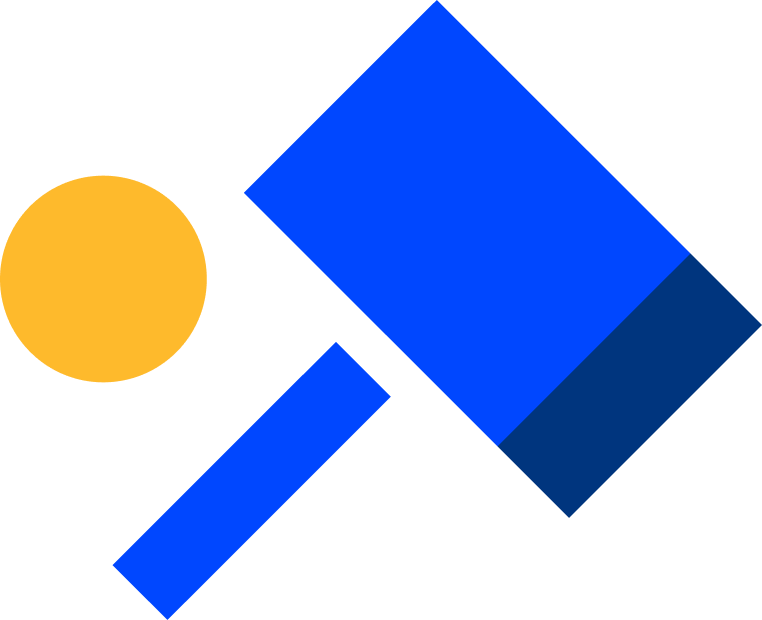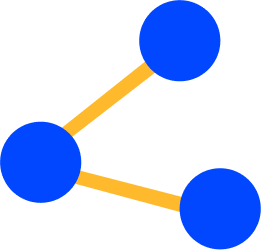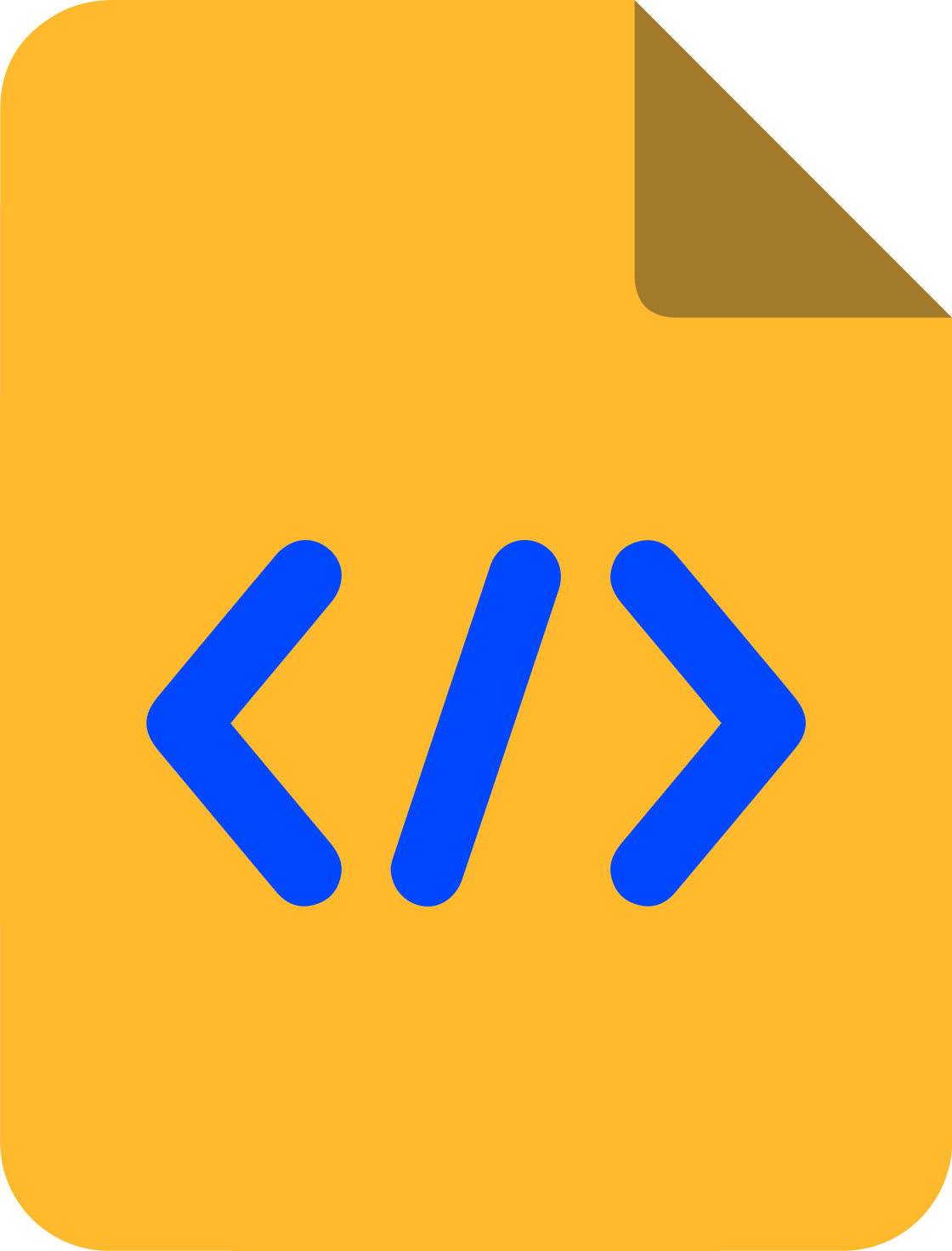How to protect your company’s knowledge during the Great Resignation

Our Chief Operating Officer, Kelly Griswold, recently wrote an article for Information Week titled, “The Great Resignation: How to Combat the Knowledge Drain Effect,” where she discussed two key approaches for preserving organizational knowledge that might otherwise be lost due to departing employees. While preserving that knowledge is one side of the coin, protecting it — especially from former employees — is the other.
No end in sight for the Great Resignation
If you think the Great Resignation shows any signs of slowing down, think again. According to Joblist’s 2022 Job Market Report, three out of four full-time employees are planning to quit their job in the next 12 months. Pay is a major reason why, as 79% of employed job seekers believe they can make more money by switching jobs than staying put in the current market. Remote work is another reason — 61% of all job seekers say they are interested in remote job opportunities. Yet, according to a recent report, HR spends eight times more time creating, implementing, and administering onboarding programs than offboarding programs.
Additionally, the use of collaboration tools has skyrocketed since the pandemic as organizations have worked to maximize knowledge sharing across dispersed teams. In today’s current employment environment, it’s key for organizations to bolster their offboarding programs to retain and protect knowledge within the organization.
Former employees are still accessing old employer’s accounts
With so many employees switching jobs, retaining organizational knowledge is Job #1, protecting it is Job #1a. And a lot of organizations are struggling there as well. According to a survey of more than 900 employers and employees from the US, UK, and Ireland, 83% of former employees continued accessing accounts from their previous employer even after leaving the company. In the US, it’s even higher — 87% had continued their access. Not only that, but more than half (56%) of respondents said they had used their continued digital access to harm their former employer. These are key indicators that companies aren’t being proactive enough to protect their organizational knowledge, and these challenges are only expanding due to the Great Resignation.
Two best practices for protecting organizational knowledge
As employees continue to reevaluate their current places of work and resign in droves, companies need to prepare themselves for what to do when an employee leaves. There are two best practices you can use to protect organizational knowledge from unauthorized access by former employees:
1. Assess the risk level of departing employees
Not all departing employees should be treated the same, as some are at a greater risk of tampering with company information post-employment than others. While involuntary terminations aren’t part of the Great Resignation, they still happen and offboarding processes for them should be different than those for voluntary terminations. It’s also important to be able to identify departing employees that may have complained about management as potential risks for future tampering versus those that haven’t. Those complaints may be overt (freely identified by the departing employee in an exit interview) or covert (discussed by the employee during communications with colleagues). To the extent those complaints can be identified, consider adjusting the risk level of the departing employee and check their potential channels of access more carefully.
2. Leverage your technology to identify access points
Just as technology can fill in the knowledge gaps associated with departing employees, it can also help identify the tools they have access to in the first place. Most organizations use several collaboration, communication, and content applications. While Slack, Teams, and Zoom may be the most popular and readily used tools, others to note include Confluence, GitHub, JIRA, and Zendesk, along with more traditional sources like Google Drive, OneDrive, Salesforce, and SharePoint. It’s far too easy to miss one knowledge source that a departing employee can access, but missing one is all it takes. Having the ability to aggregate all workplace data in one central repository and allow for advanced search will help to identify the various access points that employees have into vital knowledge that your organization needs to protect. Do you want to search each of these tools individually to determine if a departing employee has access to it? Not a chance.
Knowledge protection and employee retention go hand in hand
As Kelly said in the Information Week article, enabling quick access to various knowledge sources within the organization leads to working smarter and more efficiently, supports better decision-making, speeds up innovation, and invigorates people’s passions and purpose at work. All of this can lead to greater employee retention, which reduces the potential of having to assess the risk level of departing employees and protecting your organization from unauthorized access in the first place. Regardless, every organization will have to address the departure of employees (especially during the Great Resignation), and preserving the knowledge they possess is critical for organizations to keep moving forward during these departures. Equally important is protecting that organizational knowledge from unauthorized access and tampering by those departed employees.
If you need help along the way, having a tool like Onna can transform fragmented information that creates risk into a centralized, search-ready repository of knowledge to support better decision-making, employee knowledge sharing, and policy compliance.
 eDiscovery
eDiscovery Collections
Collections Processing
Processing Early Case Assessment
Early Case Assessment Information Governance
Information Governance Data Migration
Data Migration Data Archiving
Data Archiving Platform Services
Platform Services Connectors
Connectors Platform API
Platform API Pricing Plans
Pricing Plans Professional Services
Professional Services Technical Support
Technical Support Partnerships
Partnerships About us
About us Careers
Careers Newsroom
Newsroom Reveal
Reveal Logikcull by Reveal
Logikcull by Reveal Events
Events Webinars
Webinars OnnAcademy
OnnAcademy Blog
Blog Content Library
Content Library Trust Center
Trust Center Developer Hub
Developer Hub